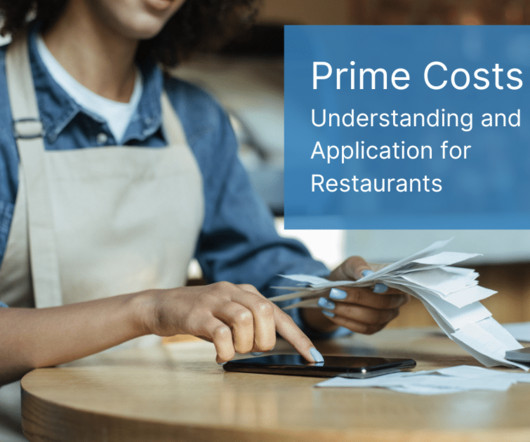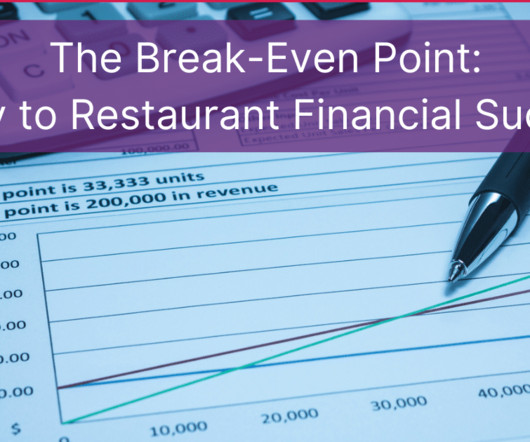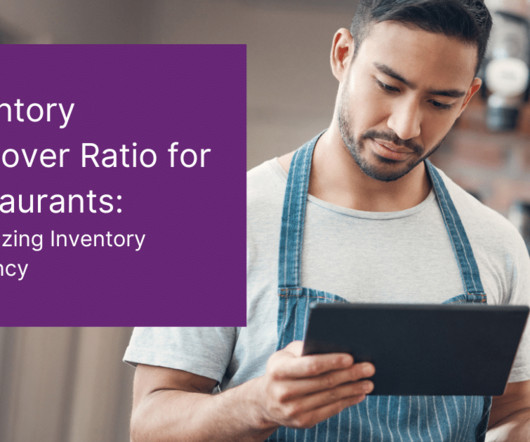Prime Costs: Understanding and Application for Restaurants
Synergy Suite
NOVEMBER 30, 2023
Understanding and managing prime costs is vital for several reasons: Profitability: Prime costs, comprising both the cost of goods sold (COGS) and labor expenses, typically account for the largest portion of a restaurant’s expenses. Be prepared to adjust your calculations to account for seasonal fluctuations.











Let's personalize your content